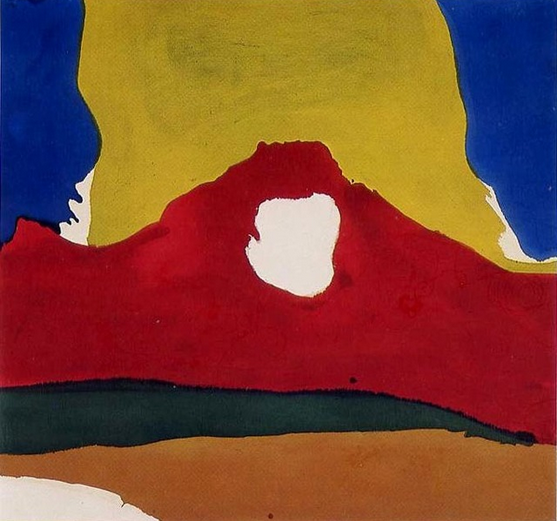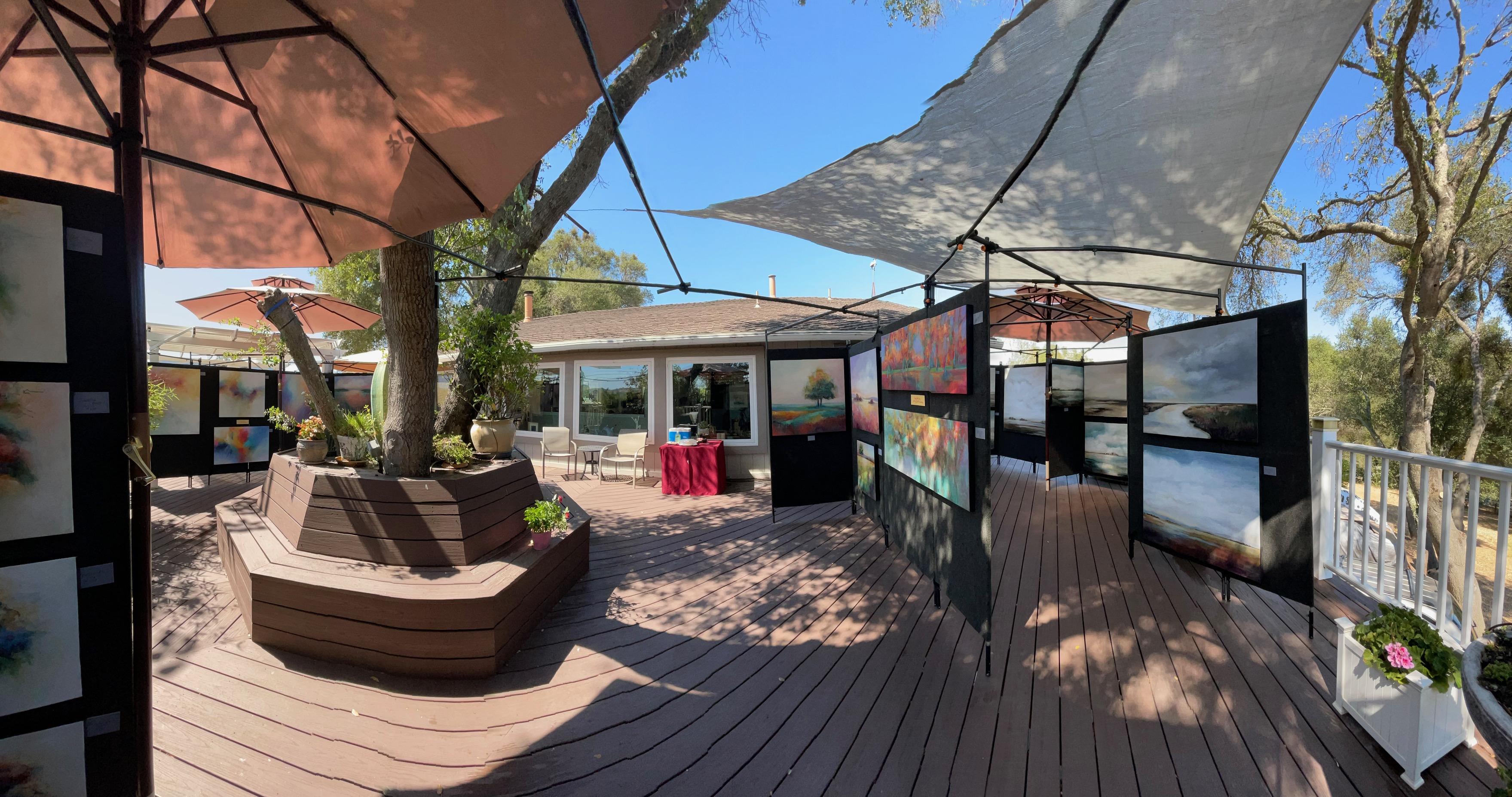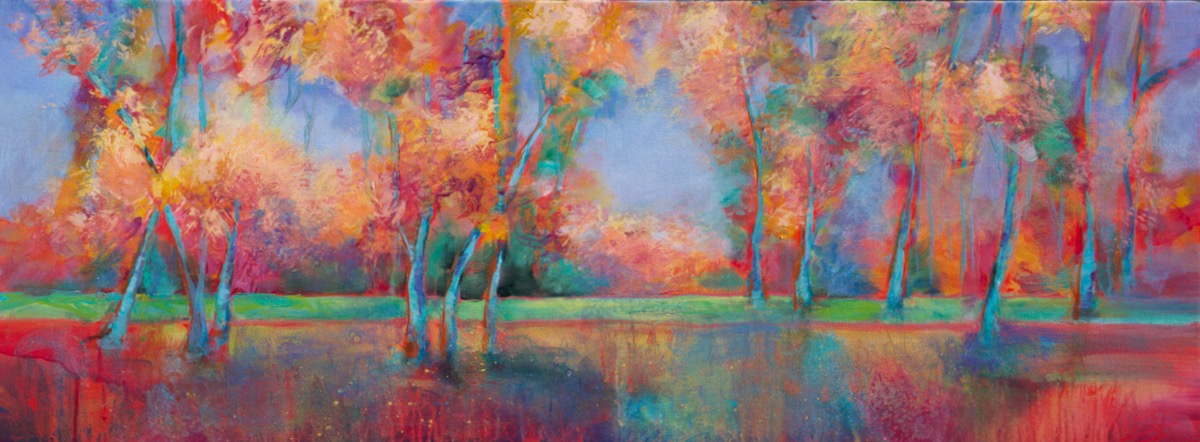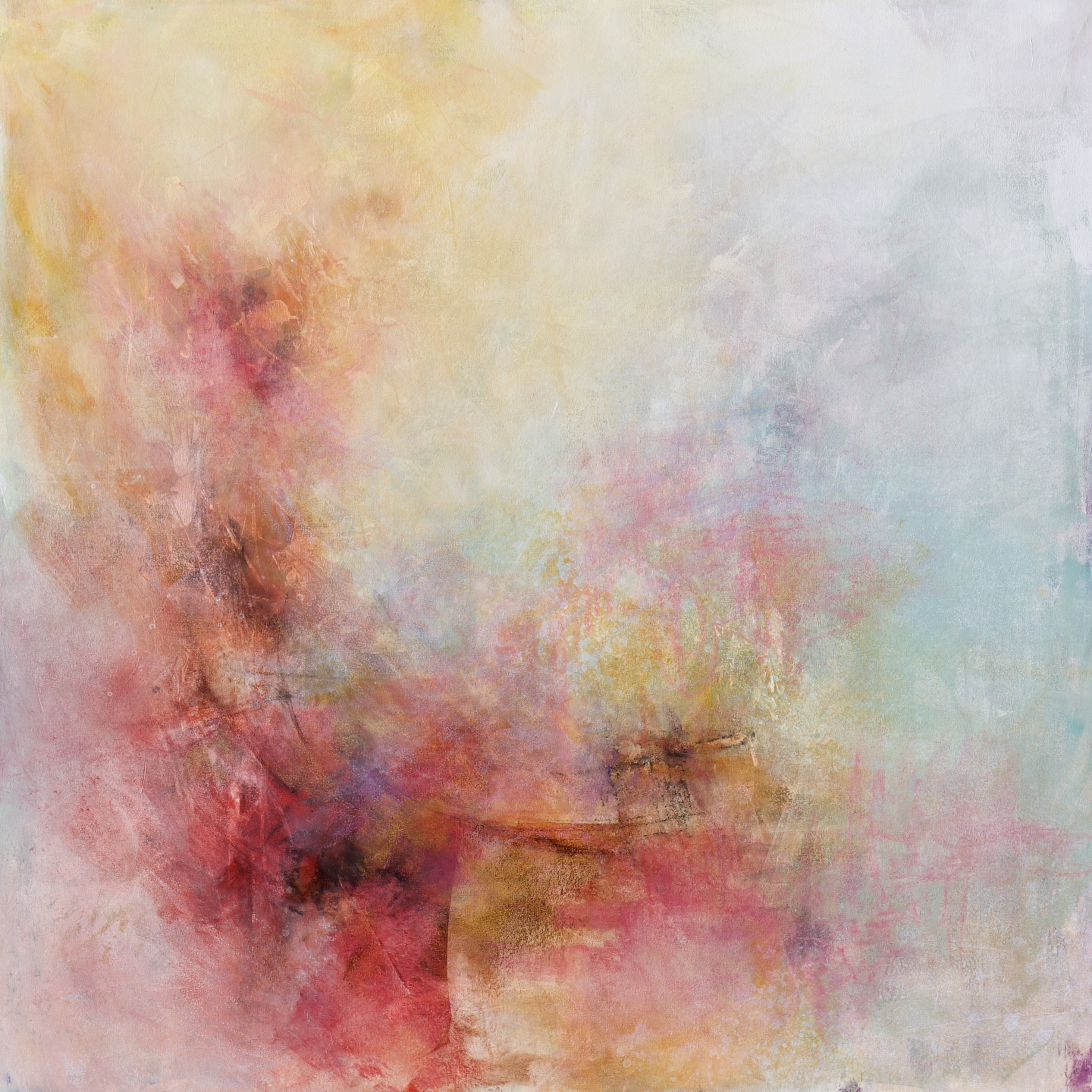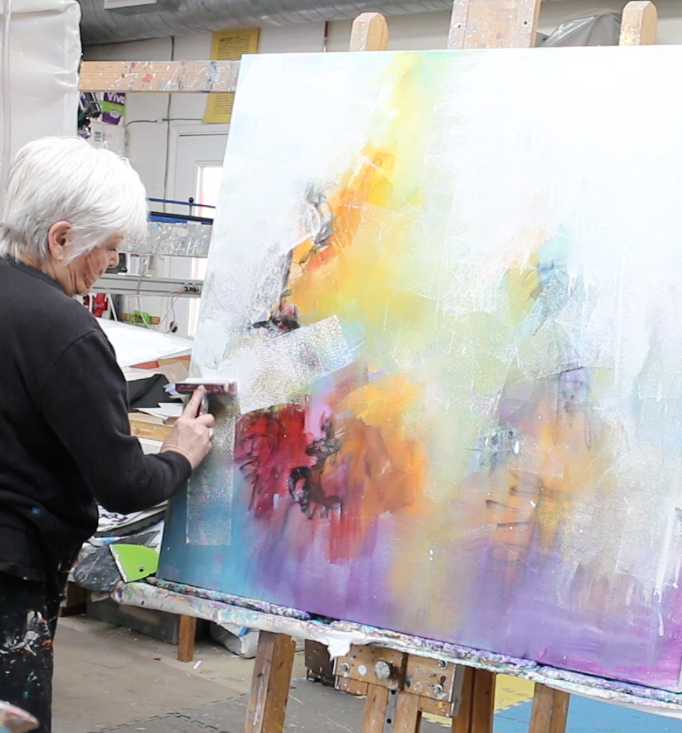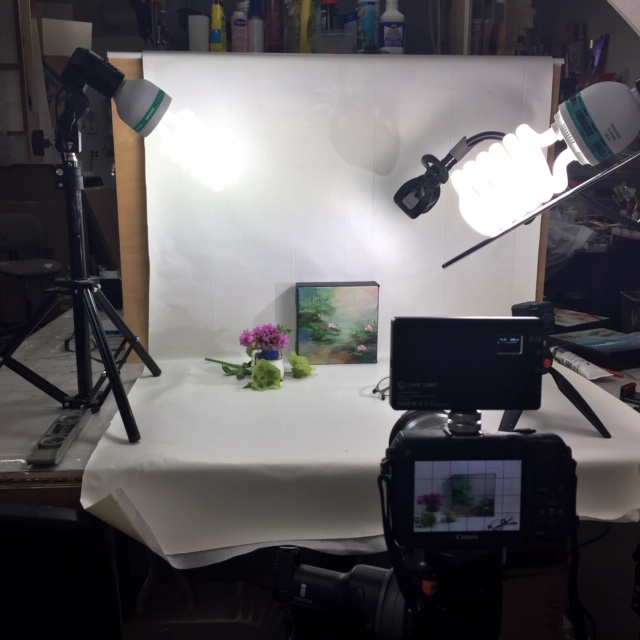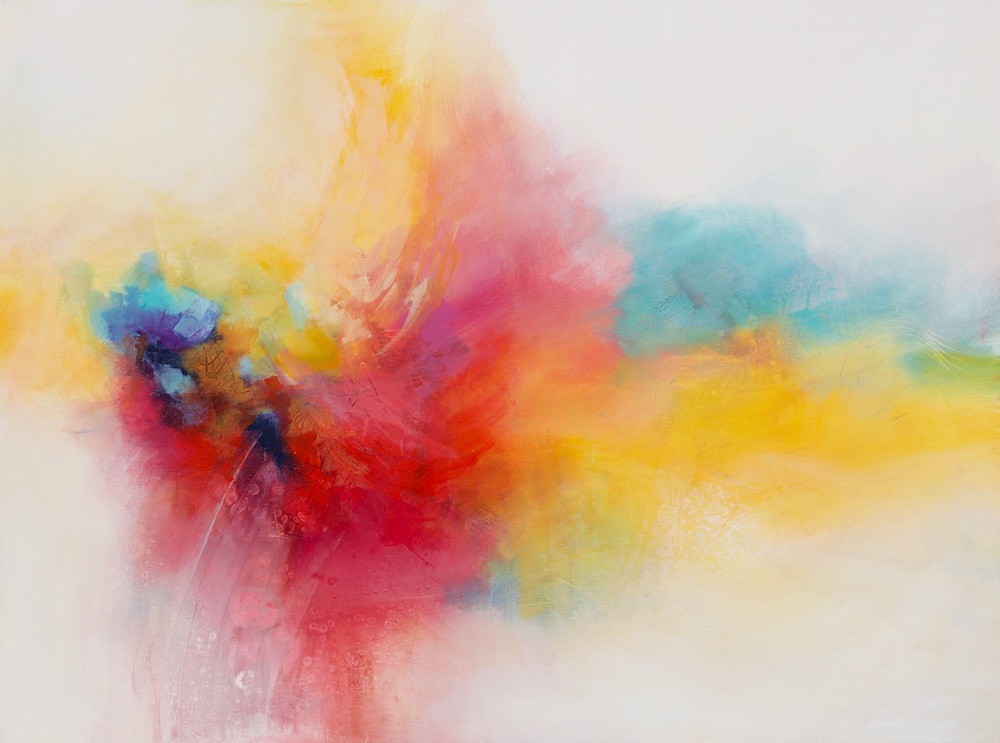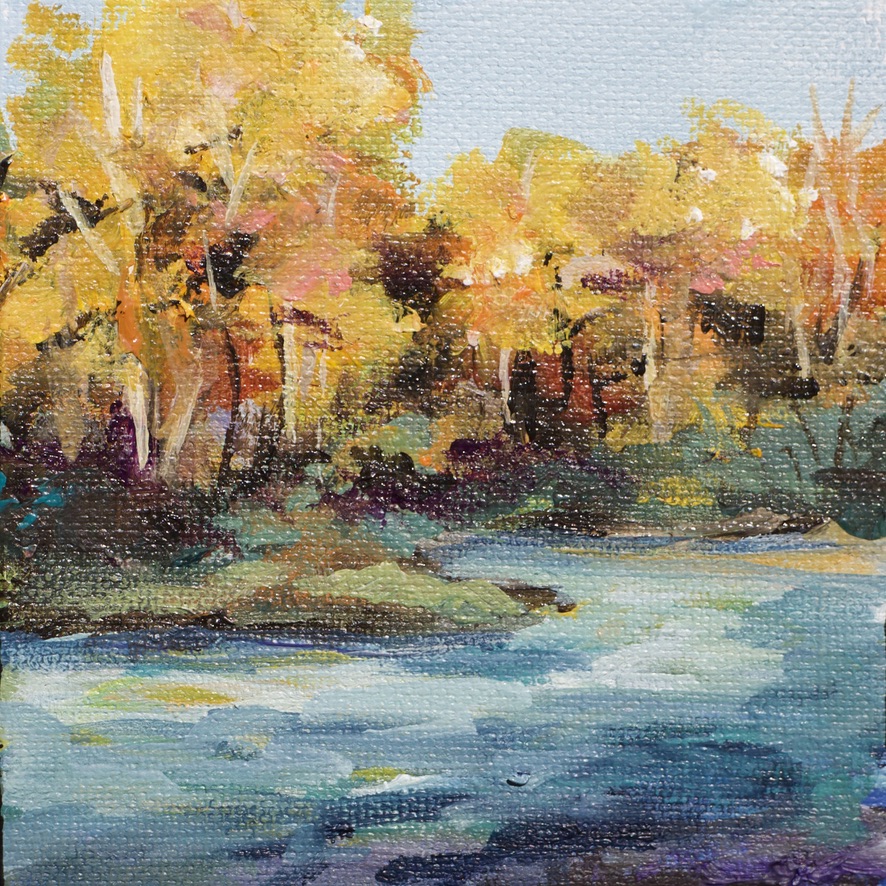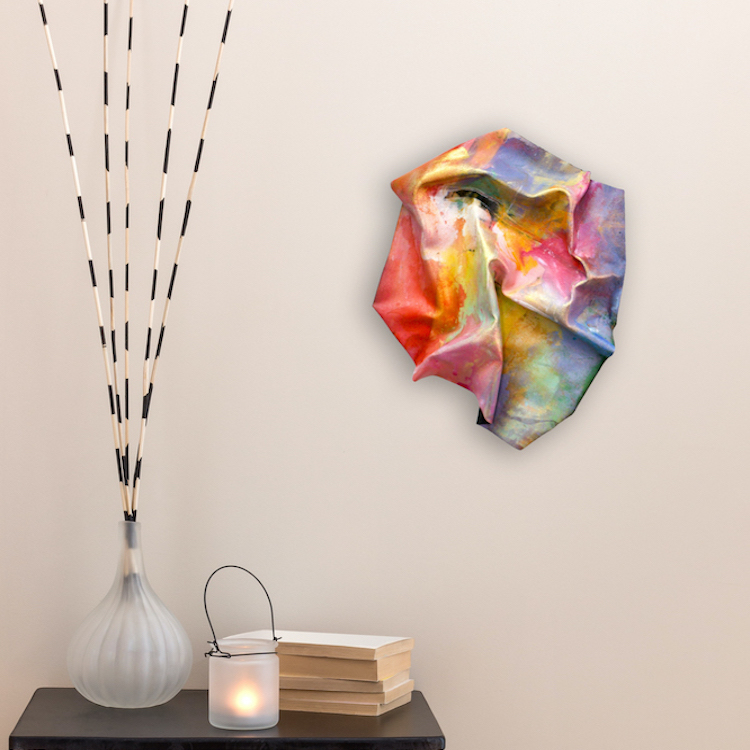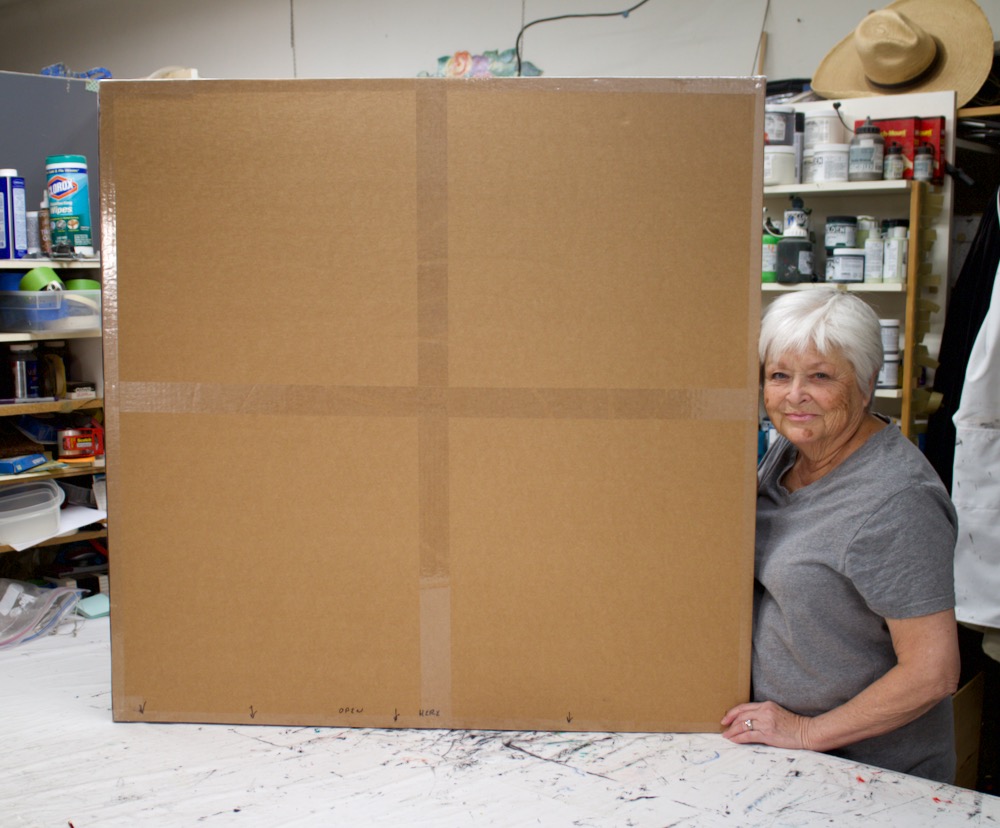Helen Frankenthaler was a woman ahead of her times. She was instrumental in the world’s acceptance of women artists as welll as abstract art. I found this article on http://www. Artsy.net to be bery interesting and wanted to share her insights. I hope you find it useful.
With the painting, the 23-year-old Frankenthaler pioneered a new technique called “soak-stain.” She poured thinned paint directly onto raw canvas, orchestrating rich passages of color that seeped deep into its fibers. Like
, her mentor and a progenitor of
, she worked on the floor, circling around and hovering over her canvases. But despite technical similarities to her contemporaries, Frankenthaler’s paintings were radical—unlike anything the art establishment had seen.
The fields of paint that populated her work seemed to float, thrum, and merge ethereally, rather than crash and explode like those of Pollock or
. And instead of foregrounding expressive gesture, she focused on the relationship between color and space. When painter
saw Mountains and Sea in Frankenthaler’s studio, he lauded it as “a bridge between Pollock and what is possible.” Her work would spur the
movement, led by Louis and
Lesson #1: Try everything and experiment often

While Frankenthaler surrounded herself with Abstract Expressionist painters like Willem de Kooning and Jackson Pollock, and was quickly recognized as one of the movement’s most innovative practitioners, she explored a wide range of techniques, media, and inspirations on the path to her mature style. She pored over work by
,
, and
, with the goal of synthesizing and transforming their stylistic choices. “In my love and pursuit of any of the
, or
, or
,
,
, Gorky, or Pollock,” she explained to Brown, “I would wonder how they made their paintings and want to understand them, and take it from there.” Her impulse was to imitate and abstract: “Sometimes I’d use their works and make my kind of abstract response,” she continued.


Lesson #2: Give yourself prompts, but don’t become married to them

Lesson #3: Approach color expansively


Lesson #4: Let mistakes lead to invention

She pointed to
as a model for this approach, then brought the discussion back to the context of her own studio: “Sometimes that can take a great deal of walking back and forth in the studio over and over again, judging the painting from a distance and close up,” she explained. “This usually takes place in one or two days, but sometimes I’ll return to a painting much, much later, occasionally, but rarely, years later.”

